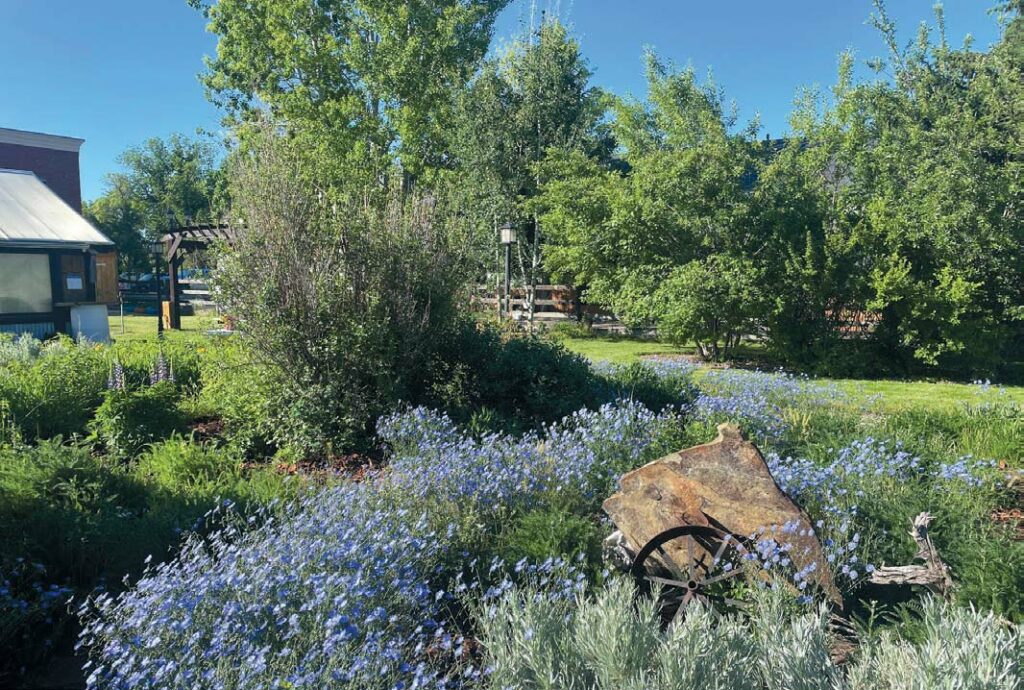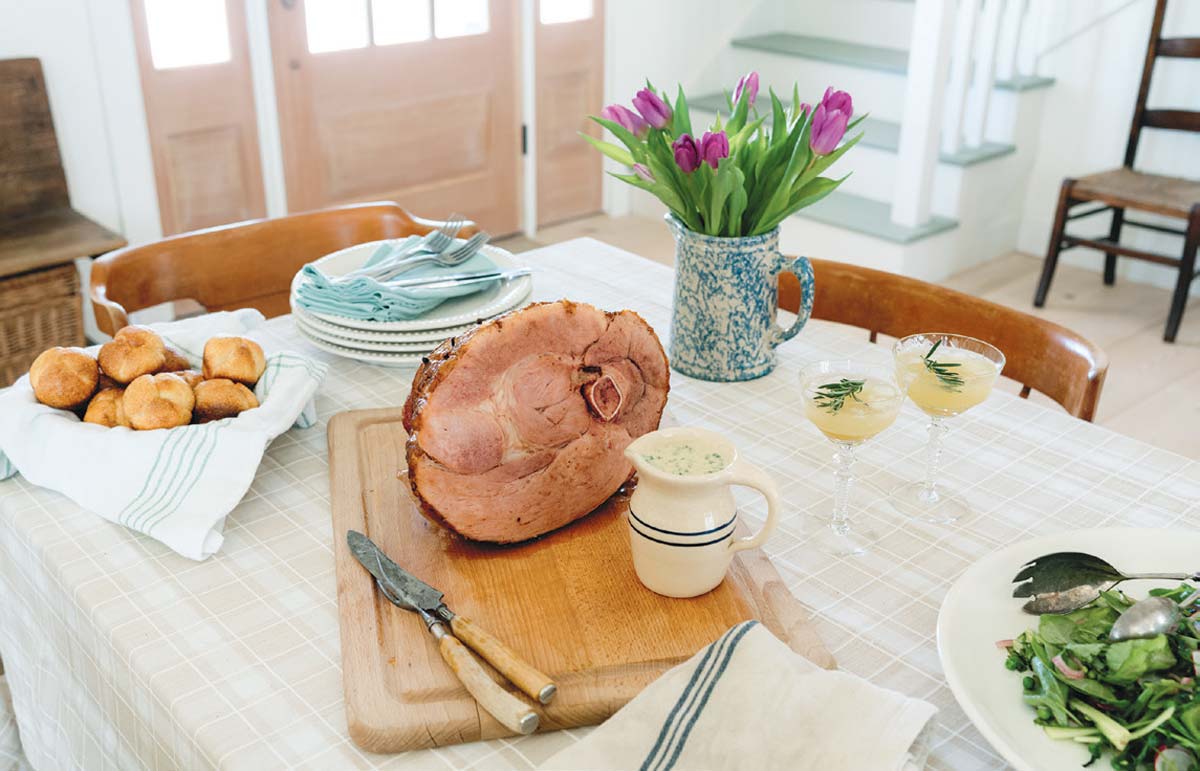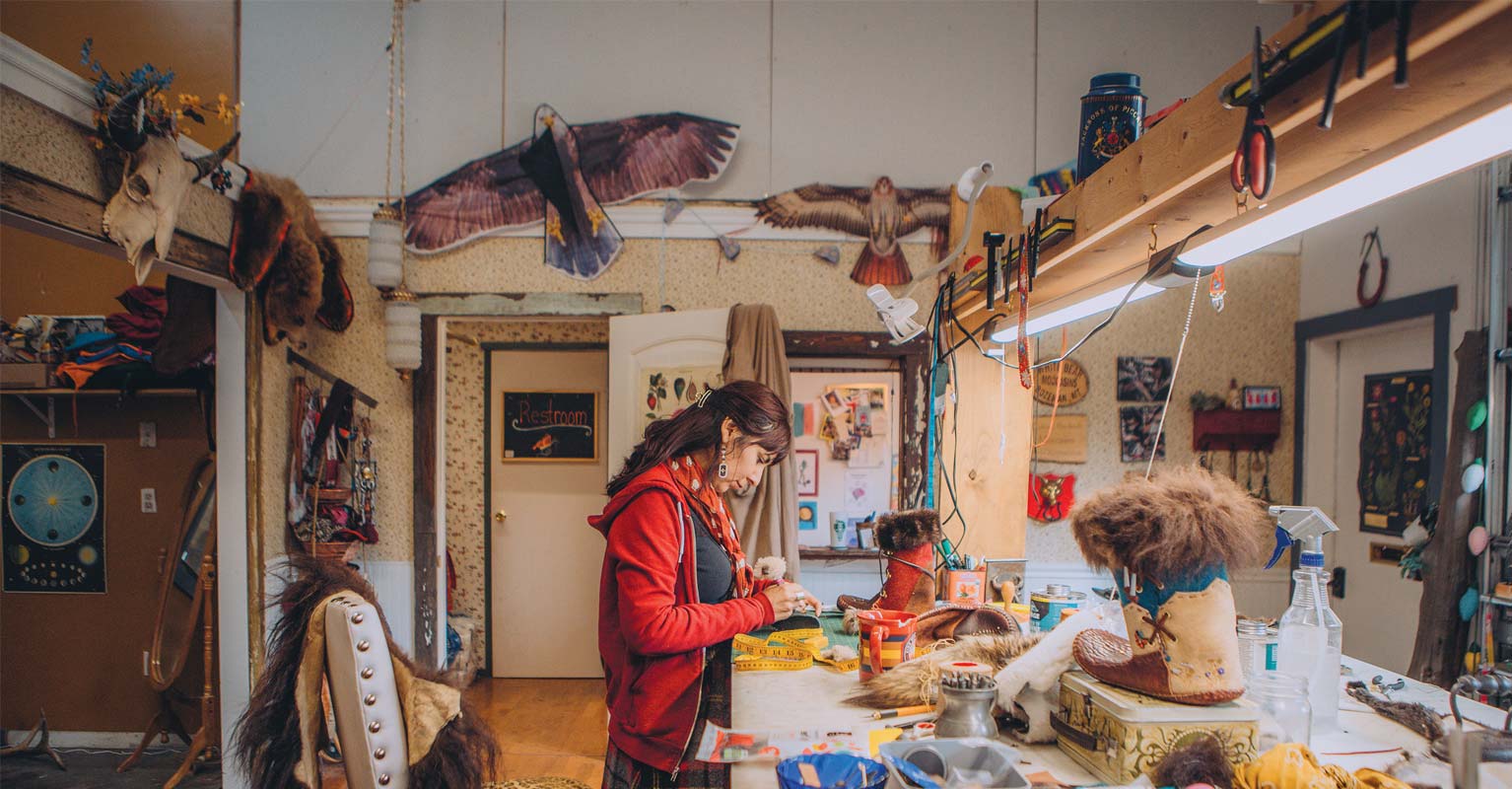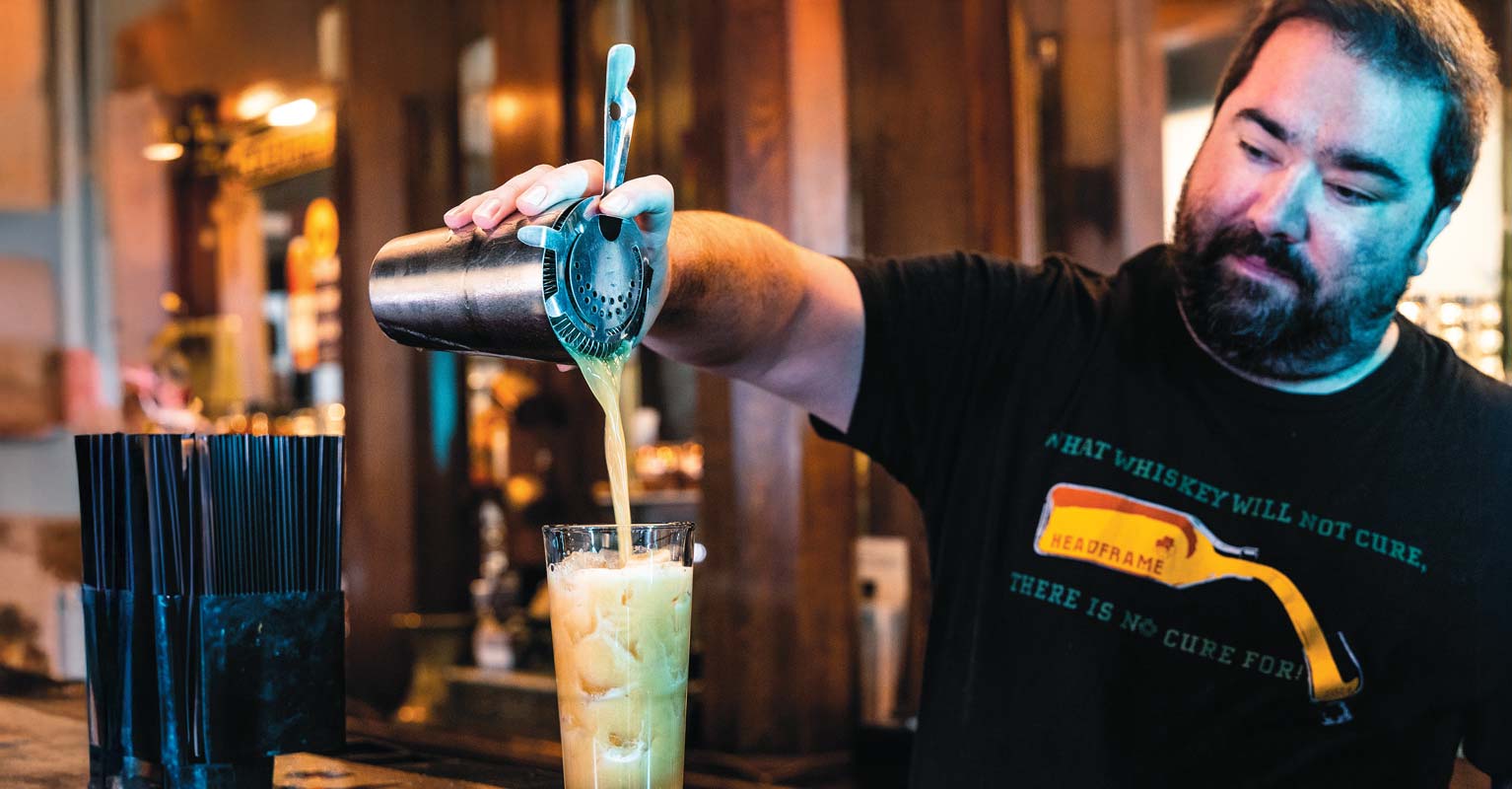Leia Miller paraphrases John Steinbeck when she talks about her love for the community garden at the Gallatin Conservation District Education and Outreach Center in Manhattan: “I’m in love with [the garden]. For other [gardens] I have admiration, respect, recognition, even some affection. But with [the Manhattan garden] it is love.”
Miller, who started as a volunteer in the organization’s family outreach program, now works part-time as an education specialist. “It’s inspiring to see kids of all ages become active and informed members of our food community,” she says, describing one young boy who walked up to her during a Summer Stewards program and said, “I’ve never picked a carrot before. Can you please tell me how it’s done?”
Broadening our youth’s knowledge is a mission the Education and Outreach Center takes seriously. Gallatin Conservation District was formed in Bozeman in 1949 and moved to Manhattan in 2011. Then, in 2014, the organization acquired the garden, which is located on a lot that was left vacant after an old bowling alley was torn down. “Creation of that space took a lot of community involvement,” says District Administrator Becky Clements.

The center isn’t just the building: The entire outdoor space is designed to educate the community about different types of conservation landscaping, native plants, and sustainable gardening.
“It is also a place to foster friendships and community, a place where neighbors can meet and learn from each other,” says Michelle Paluck, a therapeutic mentor at Yellowstone Boys and Girls Ranch in Butte, who has been a frequent visitor to the garden, as well as a volunteer.
For the past five years, the center’s community garden has been a “fun way to teach my daughter about gardening,” Paluck says. “But it wasn’t just the people who work there, and the speakers they brought in. It was also the other people who were there. … The friendships that I’ve made through the garden are lifelong.”
Throughout the summer, Gallatin Conservation District hosts speakers and specialists as a part of a free two-hour program called Summer Stewards, which educates youth about gardening and conservation. The staff grows a full garden of raised vegetable beds where community members are welcome to harvest; it’s a beloved space to the staff and community alike.
The organization also hosts a farm-to-table dinner, usually at the end of harvest season, highlighting food grown in the on-site garden beds. Last year, Nick and Alison Brennan of Three Forks cooked up wood-fired pizzas for about 50 people.
“[The garden] is a place that is open to the community, and we want the community to use the space,” says Clements.
A bride showed up with her wedding party for a bridal shower last summer. Someone hosted a baby shower there three or four years ago. And Miller celebrated her 60th birthday party in the garden last summer.
“It was so beautiful and blooming,” Miller remembers. “It was perfect.”




